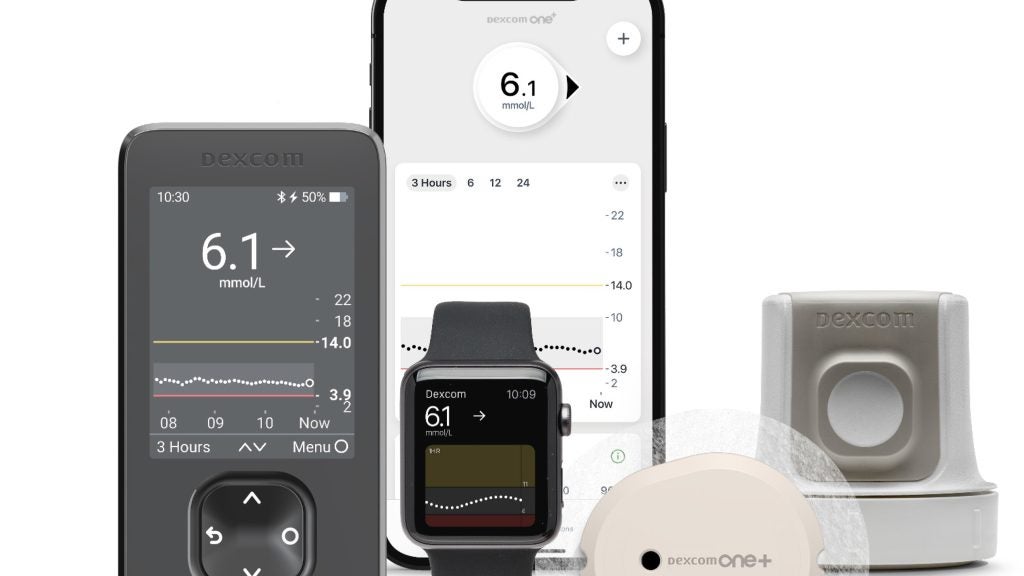DexCom has launched its real-time continuous glucose monitoring (CGM) system Dexcom ONE+ in Spain, Belgium and Poland.
The company also revealed that the device will launch in the Netherlands in the week starting 12 February. Dexcom said it will launch Dexcom ONE+ in the Middle East, Africa, and other European countries in the coming months.
The Dexcom ONE+ system consists of a water-resistant sensor to measure blood glucose, a transmitter that sends CGM readings and a Dexcom One smartphone-compatible app. The system allows for real-time monitoring of blood glucose by both the user and up to ten additional people to allow for shared monitoring.
The device can be personalised to the user to allow for better blood glucose monitoring. Dexcom ONE+ can be worn at three different locations – abdomen, back of upper arms, or upper buttocks (only in children aged 2-17 years). The device also has a ‘delay first high’ option to avoid repeated high-reading alerts and, thereby, help avoid alert fatigue that demotivates a user and reduces compliance.
The market for blood glucose monitors was worth approximately $5.1bn in 2023, as per a GlobalData market model. It is expected to grow to be worth more than $7.7bn in 2030, with the continuous glucose monitoring device segment being worth $1.6bn.
The CGM being such a high-value and growth market, has seen multiple lawsuits. In November 2023, Dexcom won the patent infringement lawsuit against Abbott at the UK High Court. The infringed patent concerned the G7 applicator, a disposable patch for use with its CGM device.
Another innovation in the CGM space is the development of non-invasive glucose monitors. In June 2023, Know Labs launched a generation 1 device that uses the company’s Bio-RFID technology to measure blood glucose through the skin using radio waves and machine-learning algorithms.
The Know Labs’s device feasibility trial compared its BioRFID sensor technology to Dexcom’s G6 device. The study showed a 20.6% mean absolute relative difference and performed with 46% of predictions within the US Food and Drug Administration’s accuracy standards for new blood glucose monitors.
















